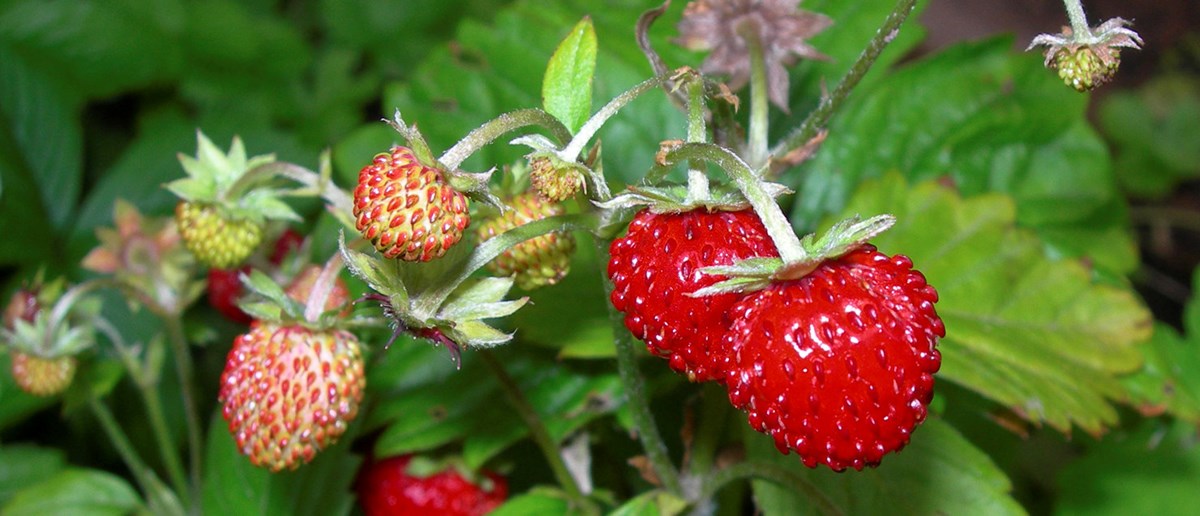Naming our cultivated plants

Björn Aldén, formerly scientific curator at the Botanical Garden, is very keen on improving the Swedish and international naming standards for cultivated plants. As a result of his work, the Swedish Cultivated Plant Database now exists and also the book ”Our cultivated plants’ names, origins and uses”.
Naming the plants around us is a precondition for talking about them. In many cases, correct names are vital, for example for medicinal plants or plants causing allergies. There is also an economic aspect, since the sale of plants results in a turn-over of hundreds of millions of Swedish Kronor, in Sweden alone.
Naming plants is regulated by international agreements as well as national and international legislations.
"It's not always that easy to reconcile these legislations", says Björn Aldén, former scientific curator and tree specialist in Botaniska. "Sorting out the various plants' origins is also something that takes an enormous amount of time and work", he continues.
The result of Björn Aldén's work and engagement can be seen in Svensk kulturväxtdatabas (SKUD) that has been accessible on the internet since 2004. SKUD contains over 130,000 scientific and horticultural name items. It is an international reference tool for anyone working with cultivated plants. The Database with plant names is updated continually.
Björn Aldén is one of the main authors of the book "Our cultivated plants' names, origins and uses", published in 2009. The book contains more than 50,000 scientific, horticultural and Swedish names. It is a national naming standard for the correct naming of our cultivated plants. The book is a complement to the database by being a solid reference that can be used for many years.
One great piece of news is that all families have now been given Swedish names. Swedish names are a UN requirement in legal texts and regulations. And for anyone who is not a specialist, Swedish plant names are clearly helpful. "We've cooperated with linguists at the Institute for Language and Folklore", comments Björn Aldén. "All Swedish family names end with "släktet" (family). That is explicit, unambiguous and accepted by linguists and authorities."
All suggested Swedish names for cultivated plants are considered by the Swedish Botanical Society's naming group in which Björn Aldén is one of the representantives. He is also a member of the International Union of Biological Sciences' (IUBS') International Committee for Cultivated Plant Nomenclature. This Committee regulates how our cultivated plants are named, according to the International Code of Nomenclature for Cultivated Plants (ICNCP).






